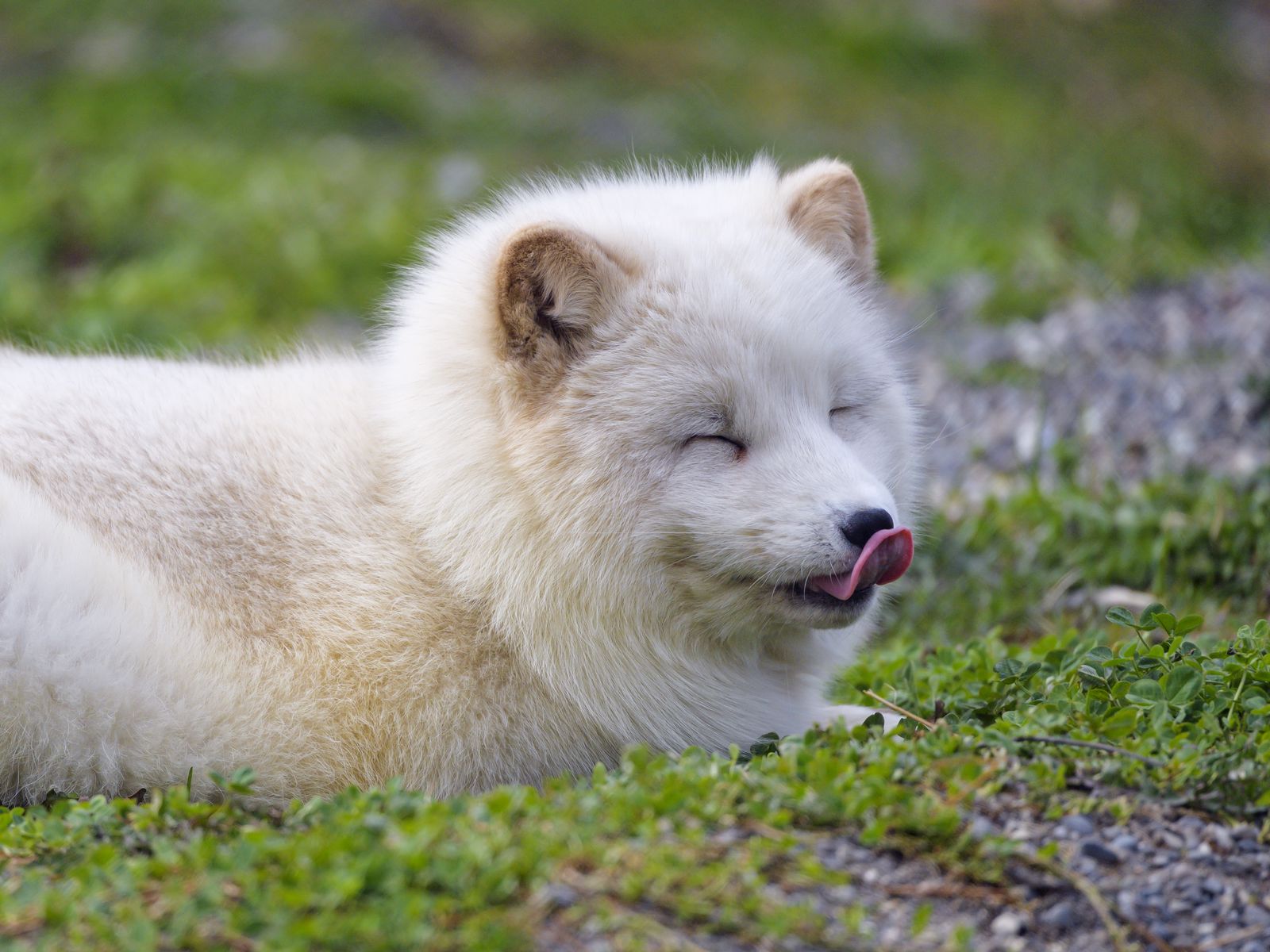

The average gestation period is about 52 days.Arctic foxes are monogamous, meaning they usually mate for life, with mating taking place from April to July.Arctic foxes reach sexual maturity at around ten months and start breeding when they are ten months to a year old.They do not hibernate despite freezing temperatures. Arctic foxes tunnel into the snow for shelter when blizzards blow in, and they are not close to a tunnel entrance.

The underground tunnel systems are impressively wide and extensive, covering up to 1,000 square miles and having up to 150 entrances.Arctic foxes normally live in burrows used by multiple generations of Arctic foxes over many decades.They are also the only land mammal native to Iceland.Arctic foxes inhabit Arctic tundra areas in northern Europe, northern Asia, and North America, and they are well adapted to the extremely low temperatures of the Arctic.The color change of their fur allows them to camouflage with their surroundings, such as trees and plants in the summer and snow-covered terrain in the winter.Their feet are also covered with fur, which is not a typical characteristic of wild canids, and their stout build and rounded body help them maintain their body temperature.Their thick pelt can endure temperatures as low as -70 ☌ if the temperature drops below -70 ☌, their metabolism increases so they can keep warm. They are able to maintain their body temperature because of their deep thick fur.Arctic foxes have poor eyesight but a sharp sense of smell and a good sense of hearing.It is the smallest canine found in Canada.The fluffy tail is about 12 in (30 cm) long for both sexes.The slightly smaller female averages 20 in (52 cm) in length and weighs around 6.4 lb (2.9 kg).The average male Arctic fox is 22 in (55 cm) in length and weighs about 7.7 lb (3.5 kg).The Arctic fox is also called a polar fox, snow fox, or white fox because of the color of its fur in the winter.Unlike other canids, the arctic fox’s paws are sheathed in dense fur during the winter, hence the name “lagopus”, which means “the rabbit footed”. Vulpes is a genus of the subfamily Caninae referred to as true foxes and includes wolves, coyotes, jackals, foxes, and the domestic dog.The scientific name for the Arctic fox is Vulpes lagopus.Newborn babies are called kits, and a group of babies born simultaneously is called a litter. An adult male is called a dog, and an adult female is called a vixen.

It is a stout creature with short, stubby legs, very thick dense fur, a large fluffy tail, and small curled back ears. It has two different colored coats, a dark gray to bluish-brown one for the summer and a snowy white or creamy white one for winter. The fascinating little Arctic fox is a small fox native to the Arctic regions of the Northern Hemisphere.Key Facts & Information Introducing the Arctic Fox
#Arctic fox predators download
See the fact file below for more information on the Arctic Fox, or you can download our 28-page Arctic Fox worksheet pack to utilize within the classroom or home environment. They’re also called snow foxes or polar foxes. They are well-adapted to severely frigid temperatures.


 0 kommentar(er)
0 kommentar(er)
